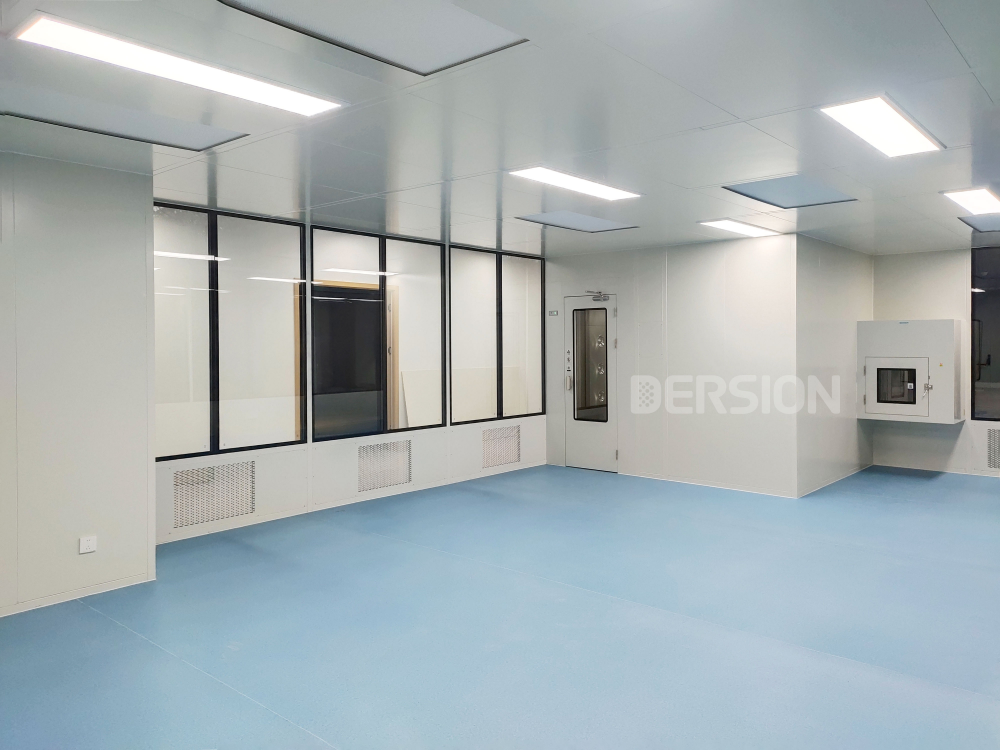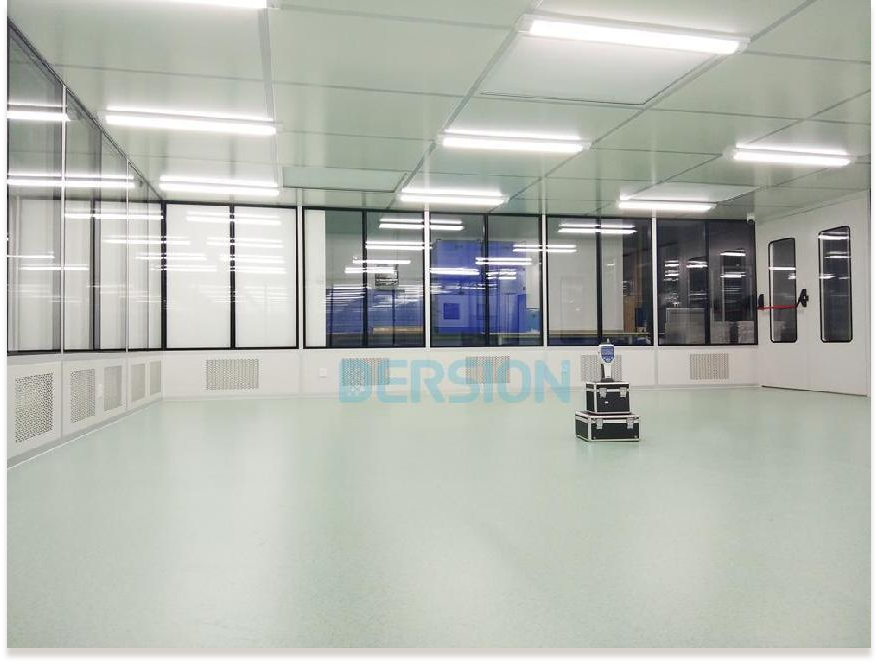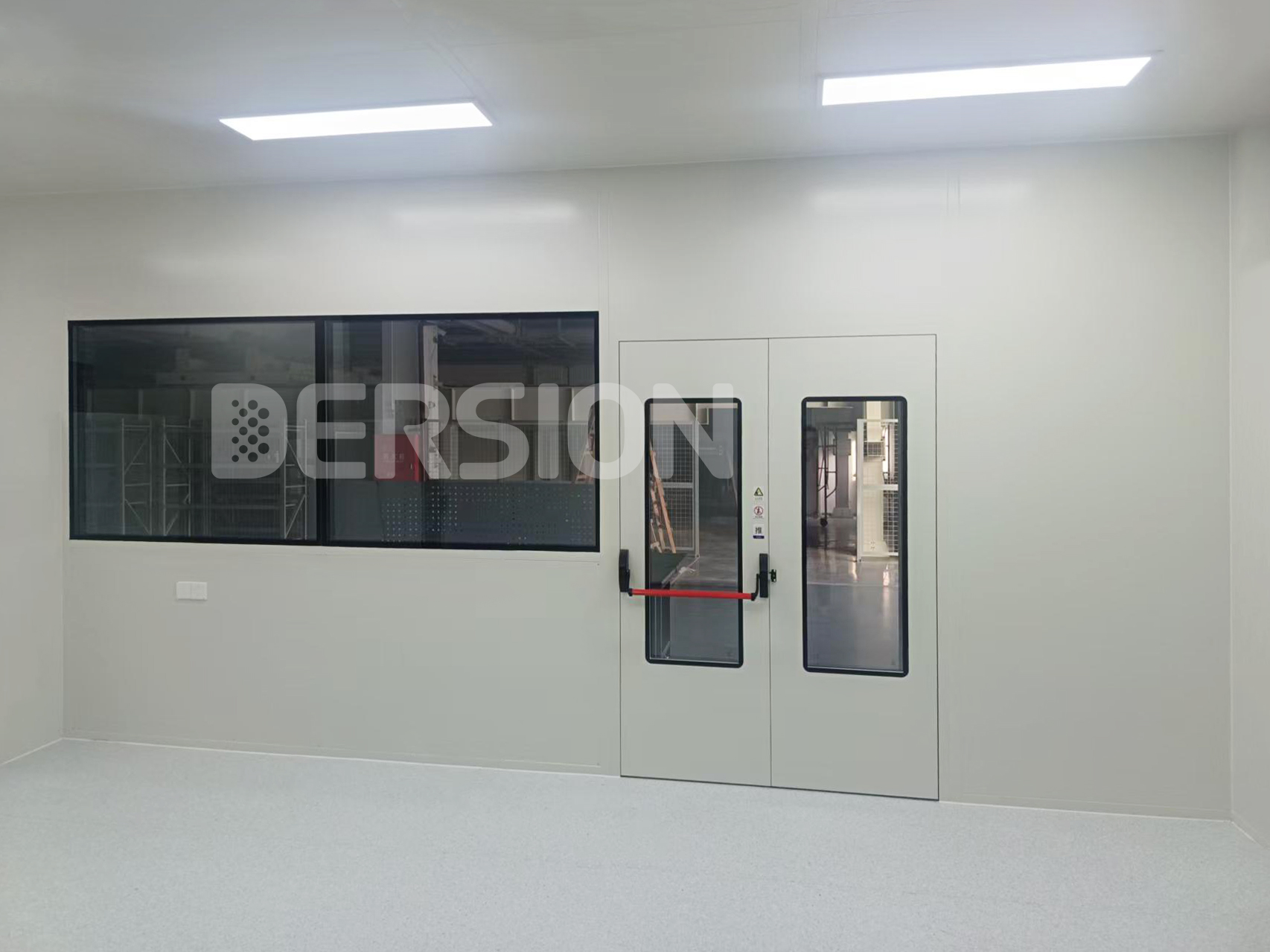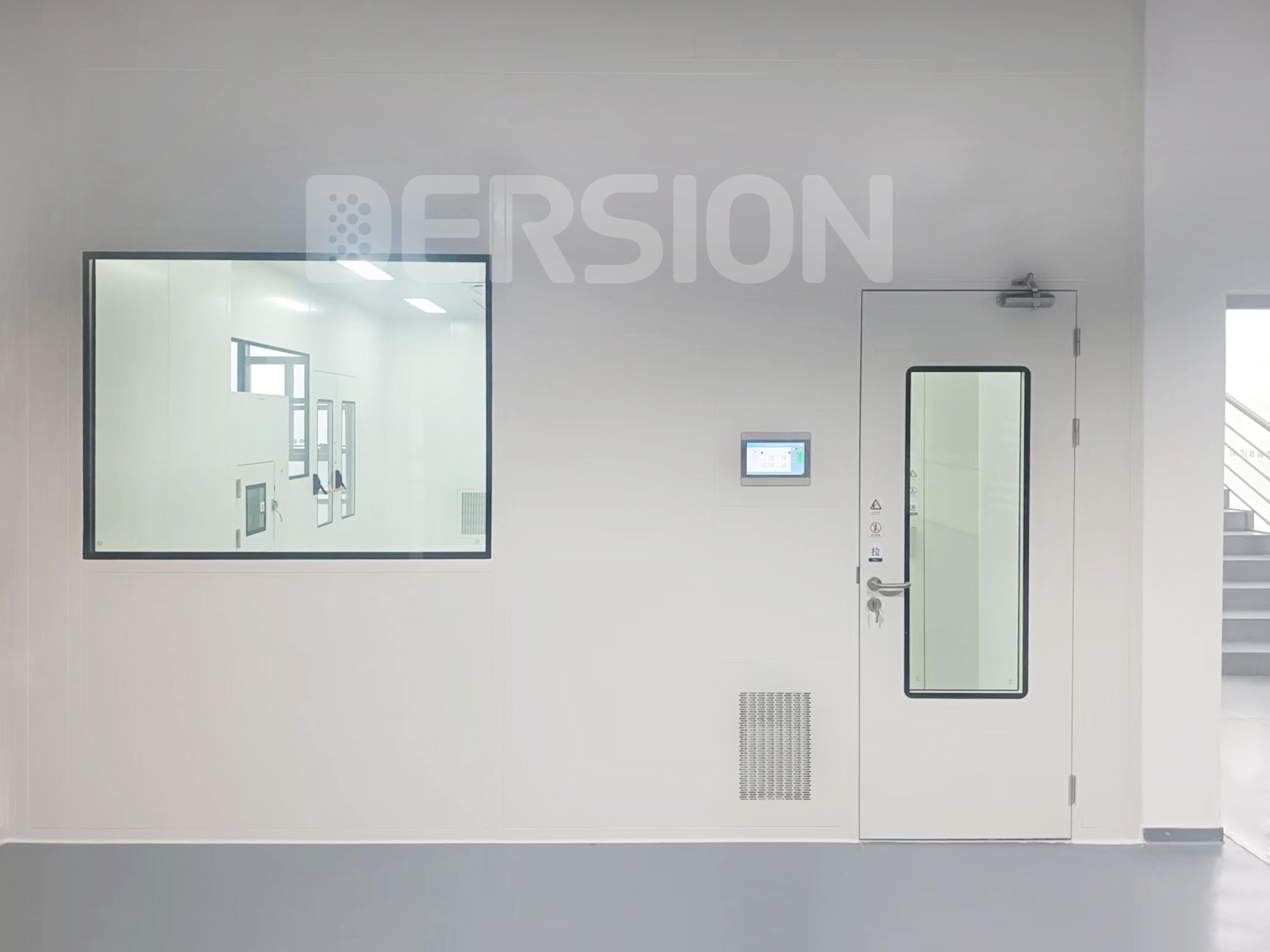Food & Beverage Production: Modular Clean Zones to Improve Food Safety and Process Efficiency
Food industry drivers for clean and controlled zones
Food safety regulations (e.g., HACCP, FSMA in the U.S., local food safety standards) require operators to control contamination vectors, maintain hygienic surfaces, and ensure traceability. Clean zones are crucial for high-risk processes such as ready-to-eat (RTE) production, aseptic filling, and allergen control. The industry also demands efficient cleaning procedures, moisture control, and durable materials resistant to chemical sanitizers.
Pain points for food processors
1.Cross-contamination risk causing recalls and reputational damage.
2.Long downtimes for sanitation and changeovers between product lines.
3.Difficulty in retrofitting older plants to meet modern hygiene standards.
4.Managing humidity and condensation that promote microbial growth.
5.Training and enforcing hygienic behavior among staff.
Current challenges in food manufacturing
1.Small-batch, multi-SKU production demands rapid changeover and segregation.
2.Tight margins limit capital investments yet require compliance upgrades.
3.Supply chain variability and ingredient sourcing can influence contamination risk.
4.Need for transparent traceability and real-time environmental data for audits.
Modular clean zones: practical solutions for food & beverage
Modular clean zones specifically engineered for food processing can deliver:
1.Hygienic, easy-to-clean surfaces: stainless or composite panels and coved, seamless flooring that resist sanitizers and microbial colonization.
2.Rapidly deployable cleanrooms and pass-throughs: dedicated allergen or RTE zones to segregate sensitive operations.
3.Controlled airflow and pressure: positive pressure for product zones to prevent ingress of contaminants; negative pressure for waste or washdown areas.
4.Quick-change transfer hatches and sanitized conveyors for efficient material flow without compromising cleanliness.
5.Integrated monitoring: temperature, humidity, and microbial sampling points tied to HACCP plans and digital records.
Design and operational considerations
1.Material selection: nonporous, food-grade panels and floors with high corrosion resistance.
2.Drainage and washdown capability: slopes and drains integrated to remove standing water and facilitate cleaning.
3.Personnel flow and hygiene stations: gowning rooms, air showers, and visual cues to reduce human-sourced contamination.
4.Allergen control: dedicated clean zones, color-coded lines, and validated cleaning protocols for allergen removal.
Economic and safety benefits
1.Reduce recall risk and associated liability by improving segregation and hygiene.
2.Shorter cleaning and changeover times increase overall throughput.
3.Modular installations can be phased to match capital budgets and production schedules.
4.Traceability and monitoring systems reduce audit preparation time and reinforce consumer confidence.
FAQs (for Schema)
Q: Can modular clean zones be used in cold or refrigerated environments?
A: Yes — modular systems can be designed for cold rooms and controlled humidity conditions with appropriate insulation, sealing, and condensation control.
Q: Are modular cleanrooms compatible with HACCP and FSMA compliance?
A: Modular cleanrooms support HACCP and FSMA requirements when designed with the appropriate hygienic materials, monitoring, and SOPs.
Q: How do modular zones handle aggressive sanitizers?
A: Select materials rated for exposure to common sanitizers (e.g., quaternary ammonium compounds, chlorine-based products) and verify chemical compatibility.
Post time: Oct-22-2025




